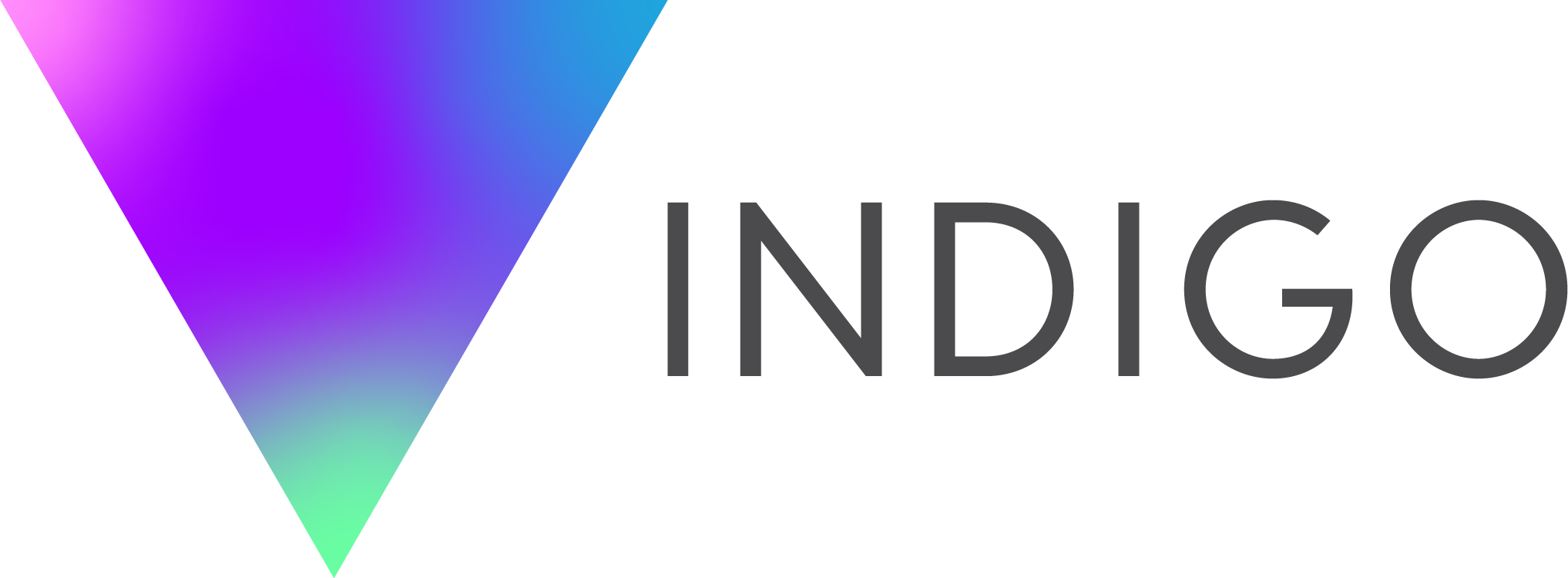Game Design of the Year 2019
Gold in PC Games 2019
Gold in PC Games 2019
Secret Location’s Not So Secret Splendor
An Emmy® Award-winning virtual reality studio
by Christina Lauren | 16 Oct 2019



Meet the development team behind Secret Location, a project-based digital service start-up that quickly gained momentum by shifting their focus toward original content, IP, and technology. Today, they’re a multinational enterprise and their motto is no mystery, intending to “lead with the idea, find and extend the story… then choose the right platform, technique, or technology for the experience we want to create. Ultimately, we consider the medium and its interactivity as fundamental to the story, and the story fundamental to success,” states the team.
Since their early days, the network of producers and artists behind Secret Location has made a gab-worthy name for themselves through various properties. To name a few: Transpose (an interactive puzzle game that plays with time manipulation), The Great C (a linear immersive VR narrative based on a short story by Philip K. Dick), Blasters of the Universe (an original VR bullet hell shooter game for HTC Vive, Oculus and PlayStation), Halcyon (an original Linear and VR hybrid series commissioned by the SyFy channels internationally), and Welcome to Wacken (an interactive virtual reality documentary that takes you into the biggest heavy metal festival on Earth). Founded in 2008 and acquired by a global independent studio Entertainment One (eOne) in 2016 Secret Location has since vowed to “[reshape] the virtual reality industry by combining cutting edge technology with traditional storytelling, to deliver powerful experiences to audiences in any environment,” reps for the company claim.



The team’s philosophy doesn’t stop where innovation is concerned—a sense of origin and culture triumph over all else. In other words, “As a company, we strongly believe in collaboration and that a good idea can come from anyone. We prioritize this over ego, the best idea wins [and] it doesn’t matter where it comes from. This philosophy allows for wide engagement across our teams which results in better work," Secret Location explains. To execute such wow-worthy designs and narratives, the designers must stay creative under a highly pressurized regime. To do so, the founders of Secret Location tell all: "While we don’t work with clients exactly, we have strict timelines and stakeholders we report to, [so] we understand the pressure. We hold hack weeks twice a year to stay creative and inspired. The hack weeks have a broad theme [and] they are awesome because they bring a fresh perspective to our core work; remind us that a lot can be achieved with limited time and resources, and allow us to work with people outside of our core teams,” they said, adding—"We also have a fairly irreverent culture and jokes are encouraged, though only laughed at if they are of high quality.”
While overthinking can be an artist's biggest crutch, when it comes to sound words of wisdom the creators at Secret Location attest that, “You know more than you think you do.” While this mantra may be attributed to those who have inspired and lead the way, here it comes down to external influencers who have shaped Secret Location’s approach to design. For them it’s simple; first, “Speaking specifically about our recent project The Great C, we share a strong love of film, including many of the cinematic adaptations of other Philip K Dick stories, like Blade Runner and Minority Report. When we were presented the opportunity to make the first VR adaptation of a Philip K Dick property, we were inspired to see what we could translate from the world of cinema in terms of pacing, editing, shot selection, and directed cameras into VR. We like to maintain a sense of community with others in our industry,” says Secret Location's design team.
It is and isn’t all fun and games when it comes to the designers’ approach to the field. “Whether making a game or more passive narrative experience, we always try to connect elements back to the core story that serves as an anchor for the audience's engagement. Compelling characters and interesting events are great ways to get a player or viewer invested,” claim the faces behind Secret Location. In terms of their creative steps, the team relies on originality and allowing a good story to speak for itself. For example, “When working in a more nascent medium like VR, we have found it helps to not always be re-inventing the wheel. On The Great C, we approached steps like scripting and storyboarding similar to more traditional production. Starting from familiar points of strength allowed us to focus on using VR as a means of elevating that content, rather than as a crutch for weak storytelling. We know as the medium develops [that] new workflows will evolve organically,” they say.
As for tools of the trade that undeniably get the job done, film's director Steve Miller is a huge fan of Blender. “Working in more emergent mediums, we often have to do a lot of prototyping, and Blender is great for doing flexible pre-vis and quick asset creation. Finally, as digitally oriented as we are, a lot of problems are still solved at an old-fashioned whiteboard," he says. As for VR, the team relies on game engines such as Unity and Unreal Engine—platforms that help produce fully volumetric content as well as hands-on. Sounds exciting, and the reality of design is nothing but, as the team at Secret Location name chaos and change and two perks of the job. “Our industry is nascent and in a constant state of flux. While this can be challenging, it's also exciting because we can play a part in creating standards,” they state.
What more can we expect from Secret Location in the future? According to the team: “We are currently working on two titles for the free roam out-of-home VR market. The titles are super fun and also very accessible, this is exciting because it will allow us to bring our moms and dads into a VR experience, so they finally understand what we do.” To learn more about the enterprise visit www.secretlocation.com or @secretlocation for Twitter, Facebook, and Instagram.







